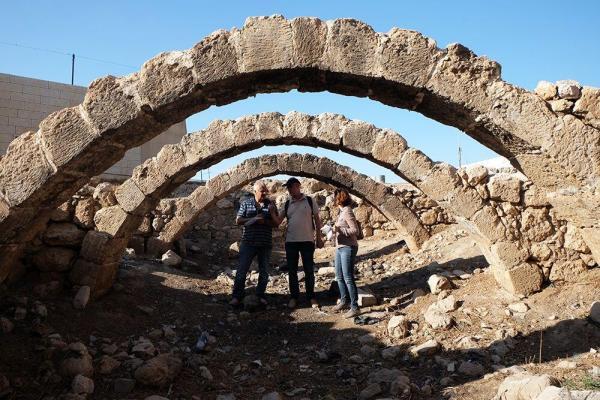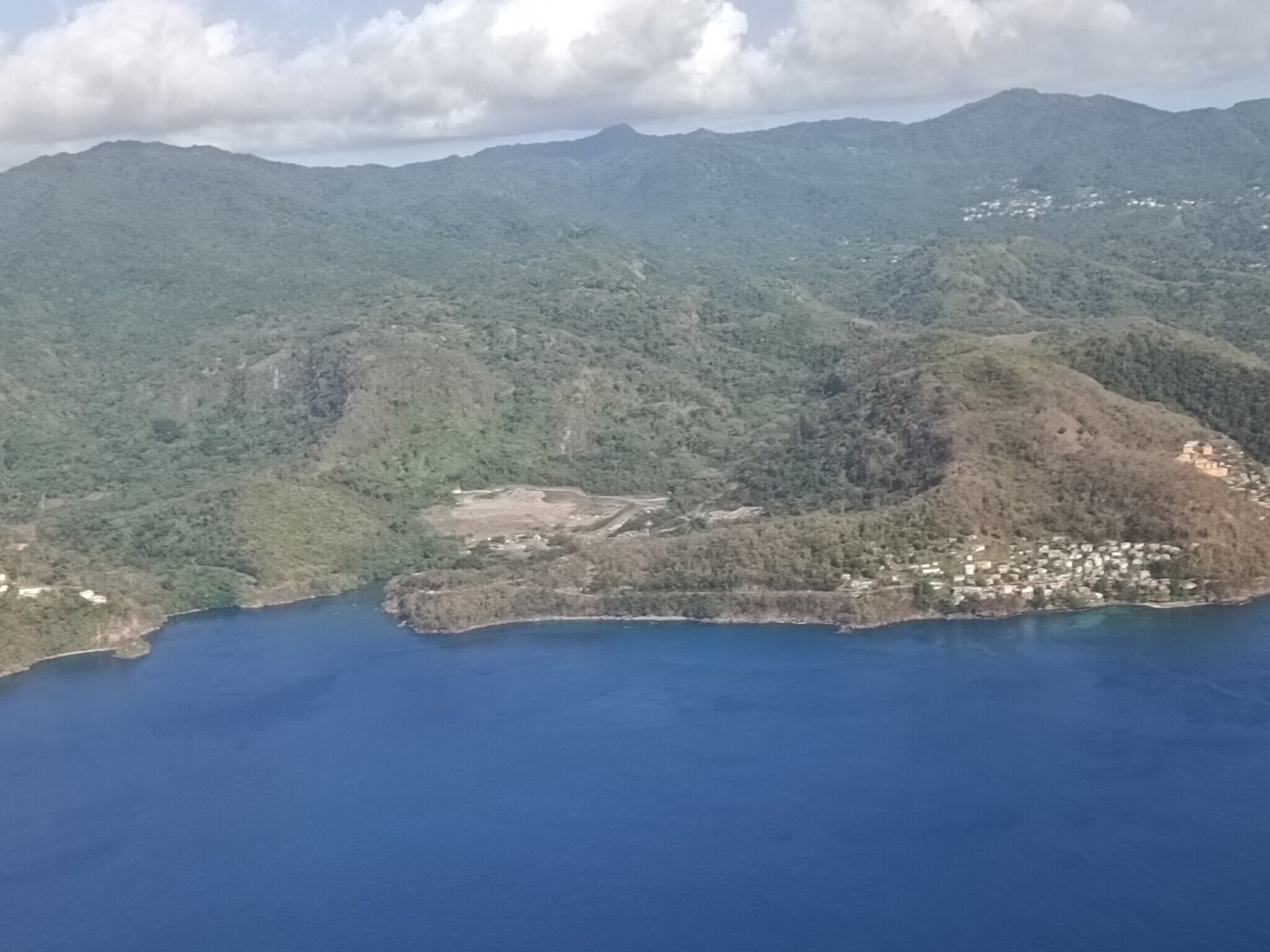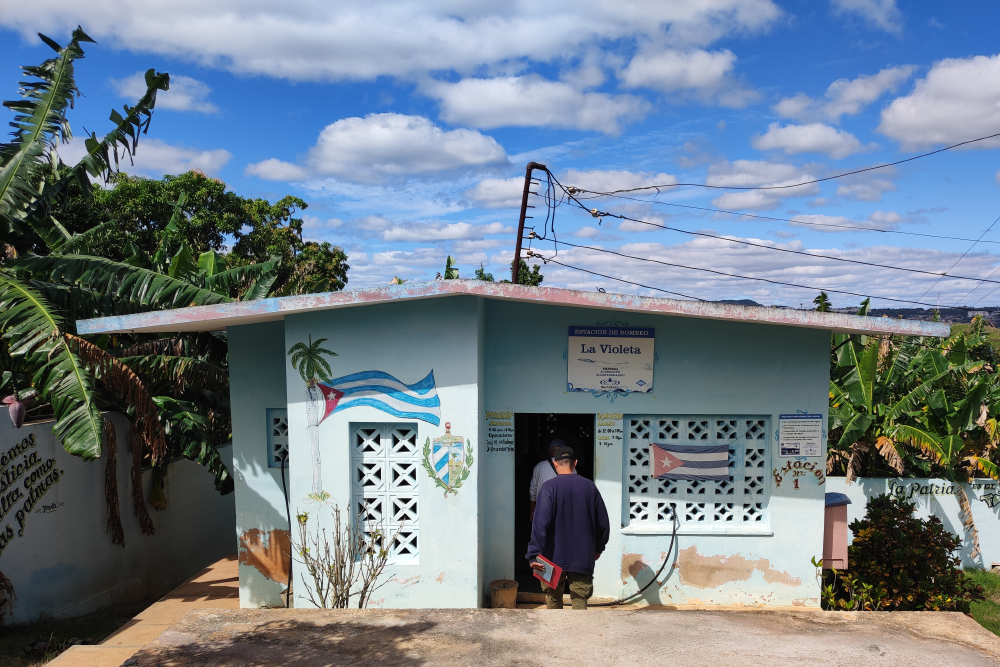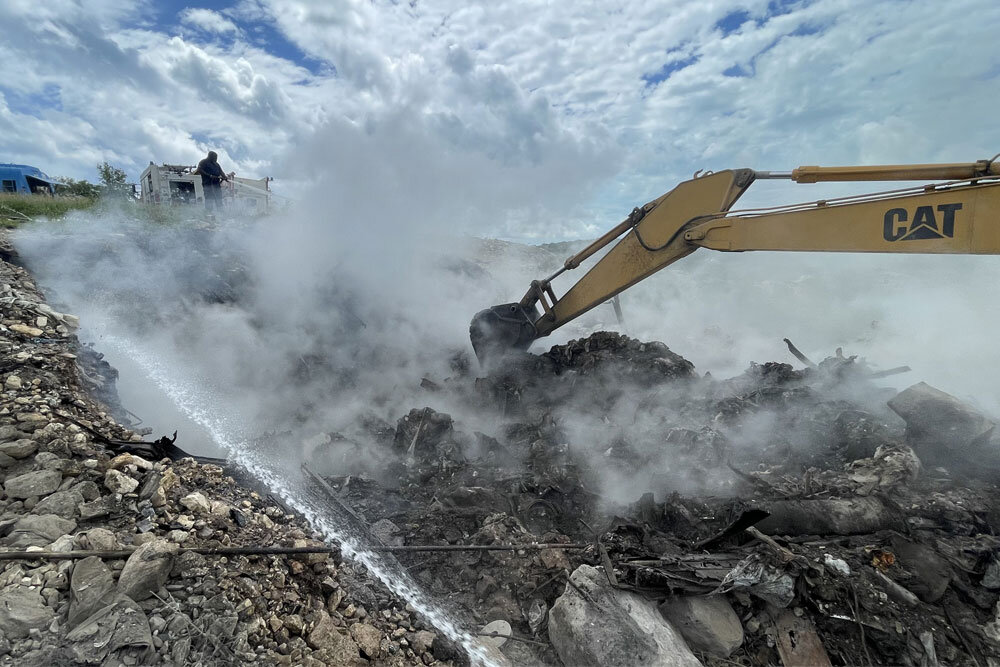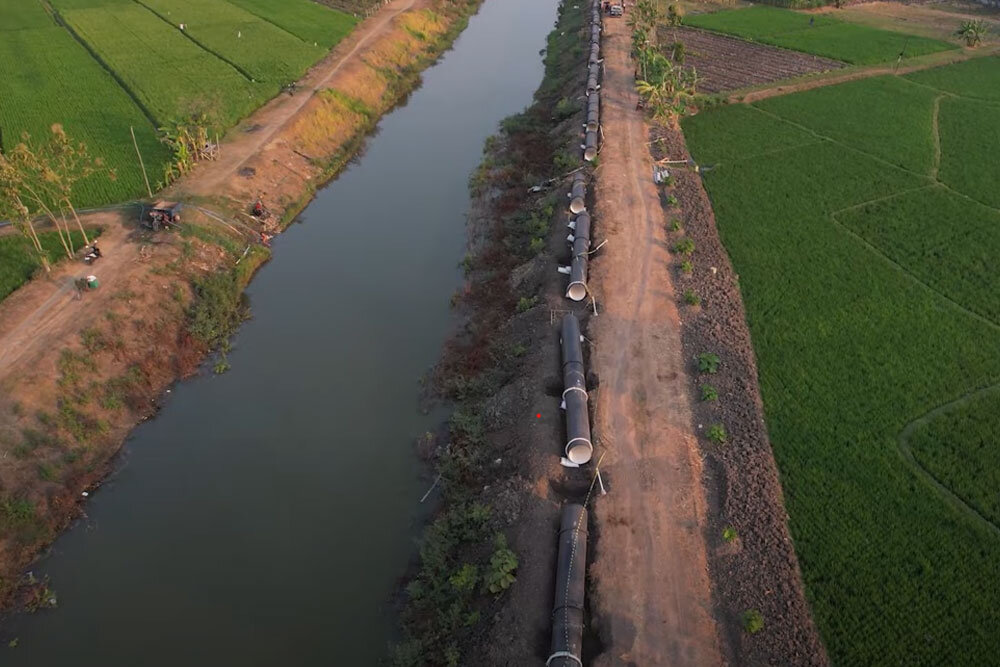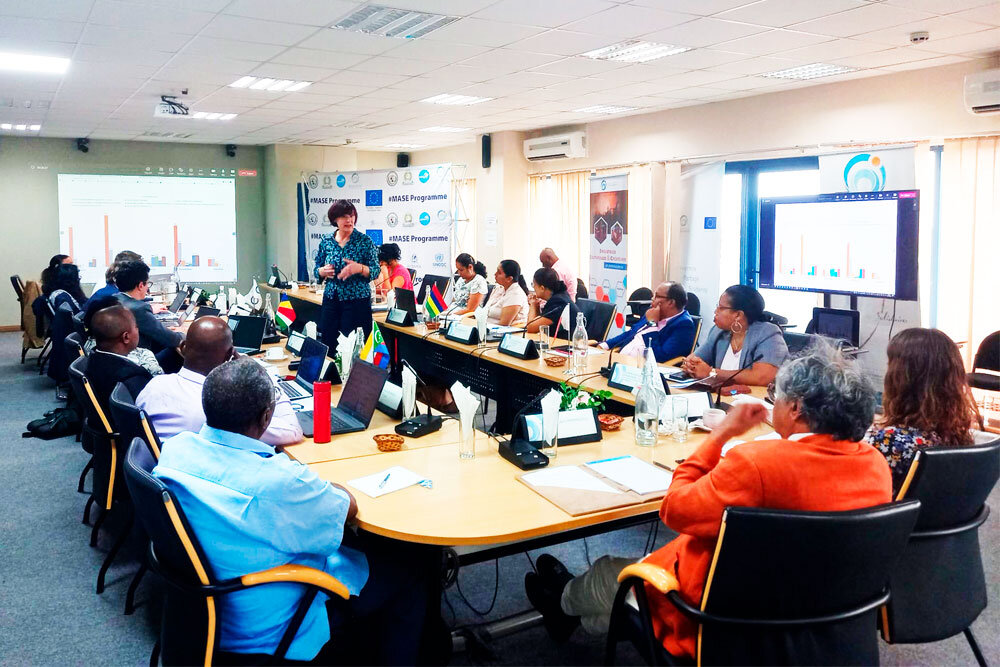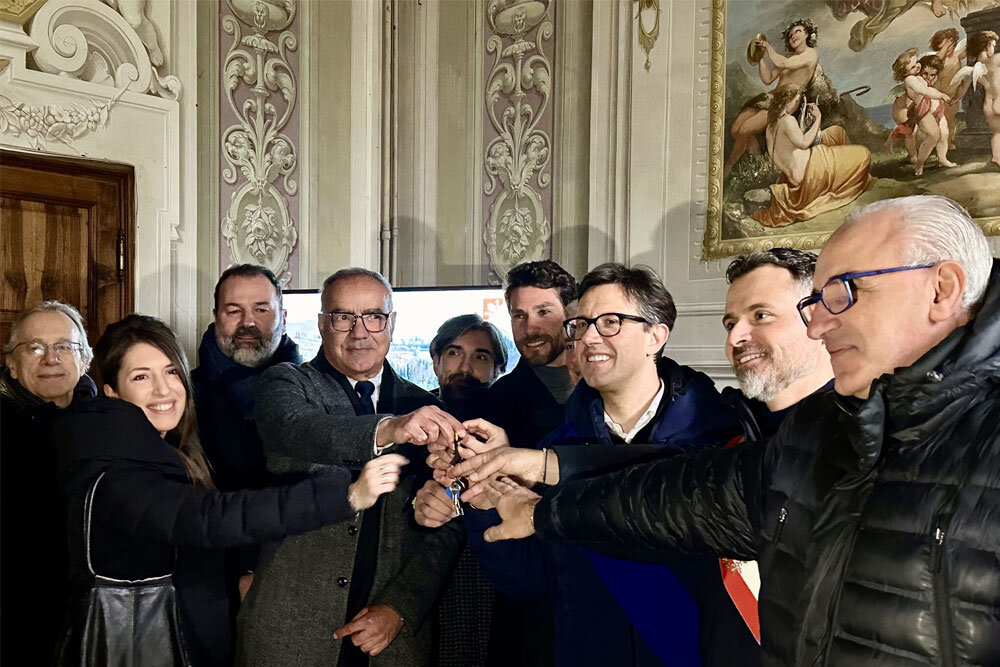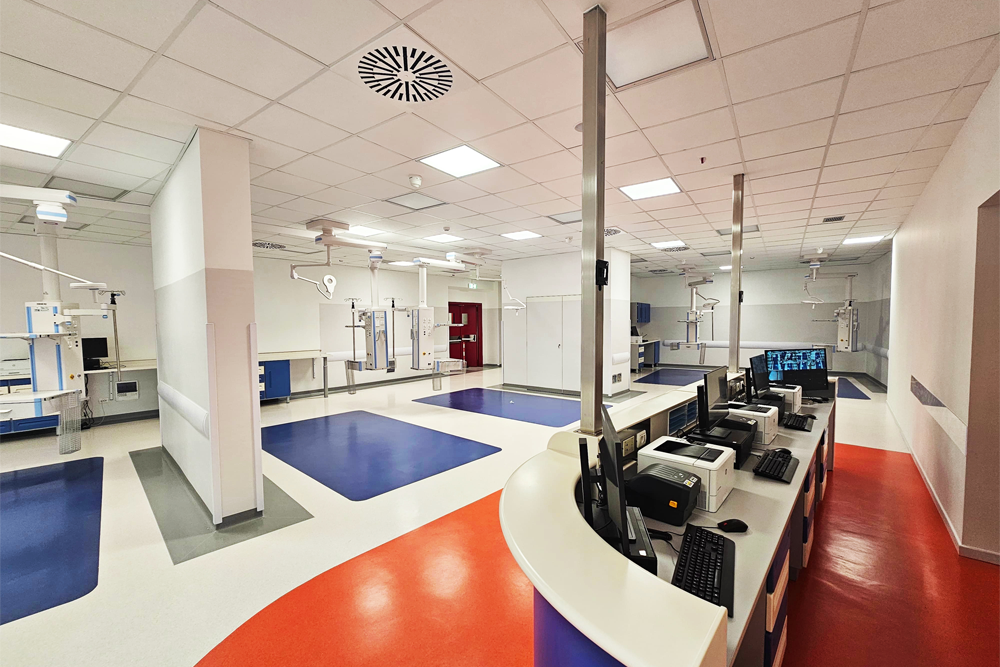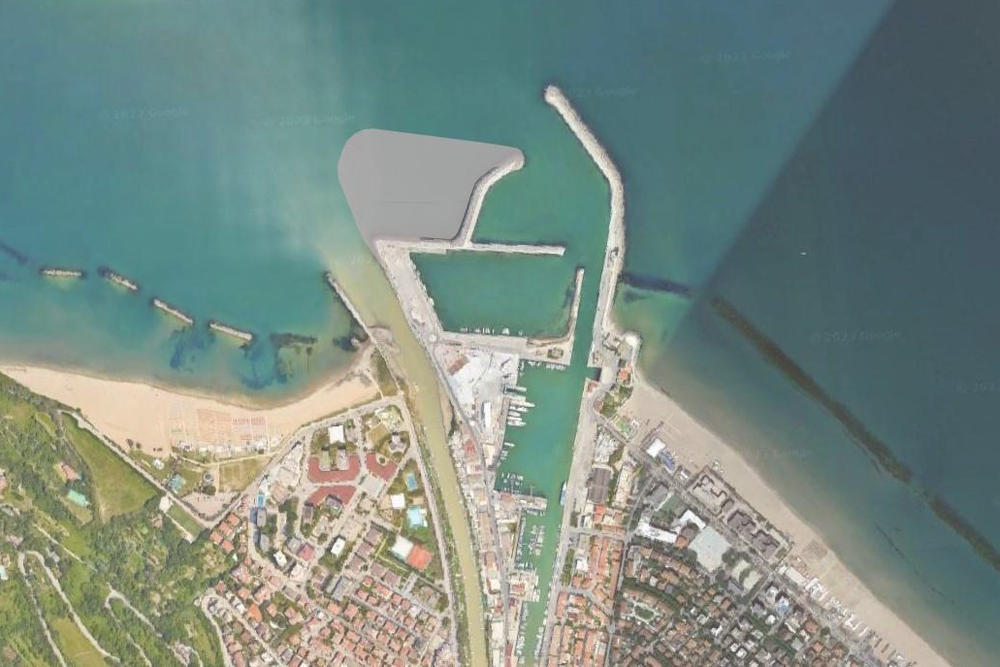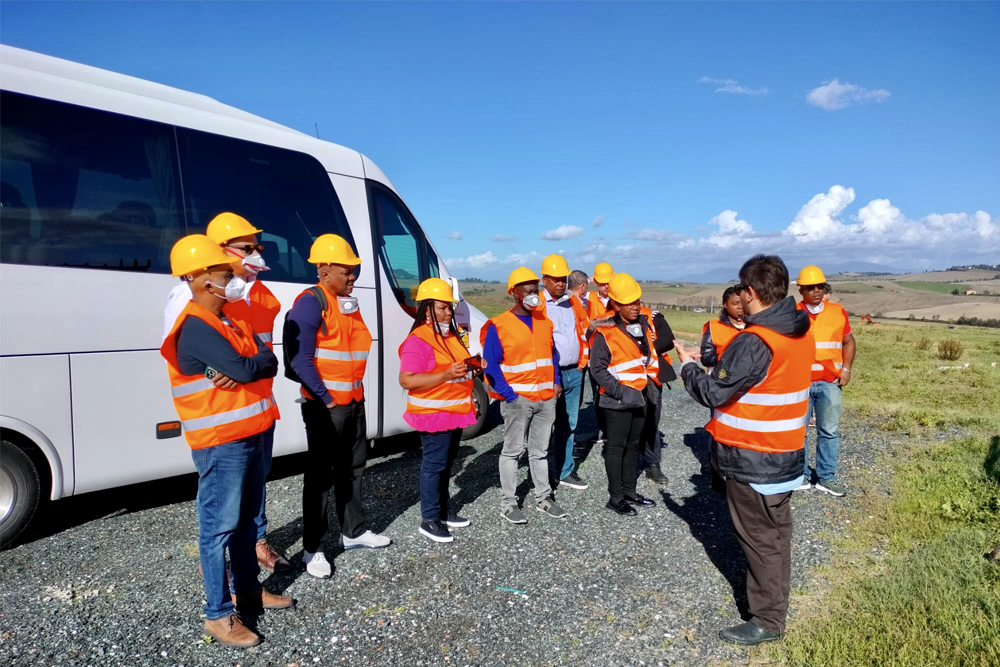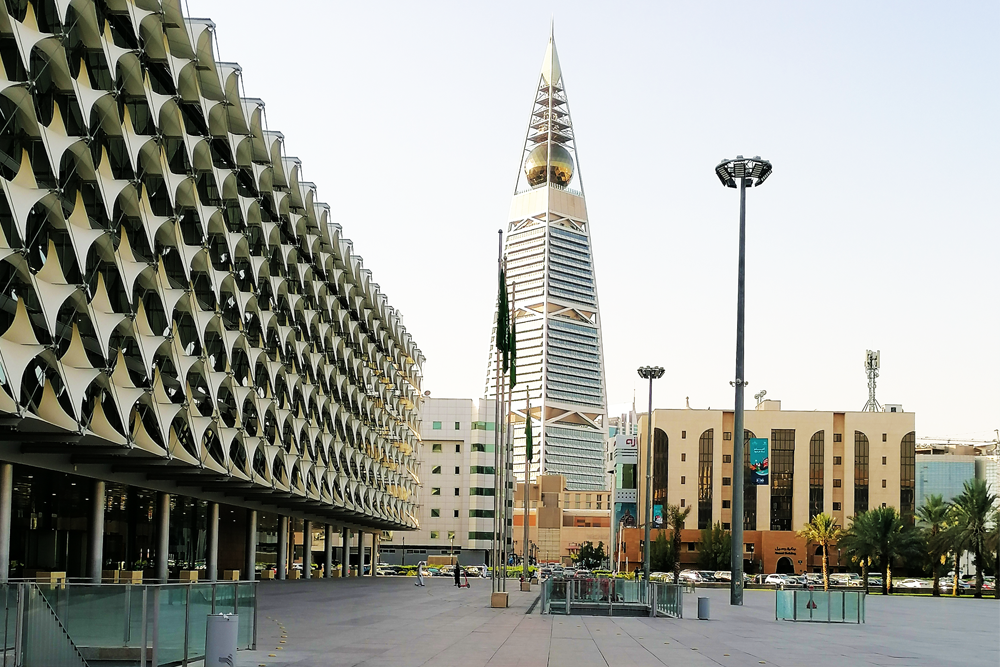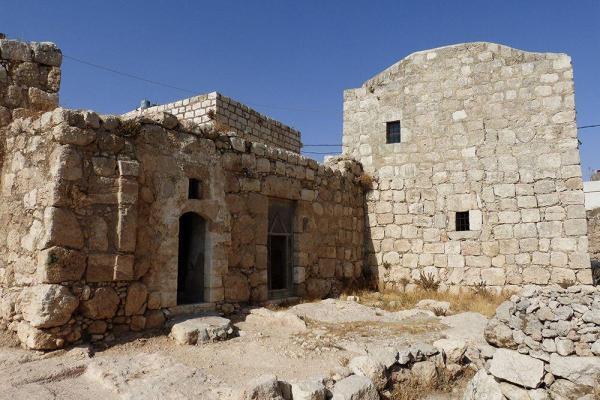
The Vernacular Heritage Pilot Enhancement Project in As Samou’, Hebron (Palestine) was designed by HYDEA in partnership with Municipality of As Samou’ and Habash Consulting Engineers. The project is receiving international recognition following selection by the British Council for funding under the £30 million Cultural Protection Fund, in partnership with the UK government’s Department of Culture, Media and Sport.
Located in the southernmost part of the West Bank, some 20 km south of Hebron, the ancient city of As Samou’ (24,000 inhabitants) is richly endowed with cultural heritage. Its origins can be traced back to the Roman and Byzantine times. In the Middle Ages the city remained active, which is reflected in the vestiges from the Crusaders period. A Roman temple, remains of the city walls and ancient synagogue are among the most important heritage assets still to be seen, along with what is left of an ancient tower discovered in 1934 and mostly destroyed during conflict with Israel in 1966.
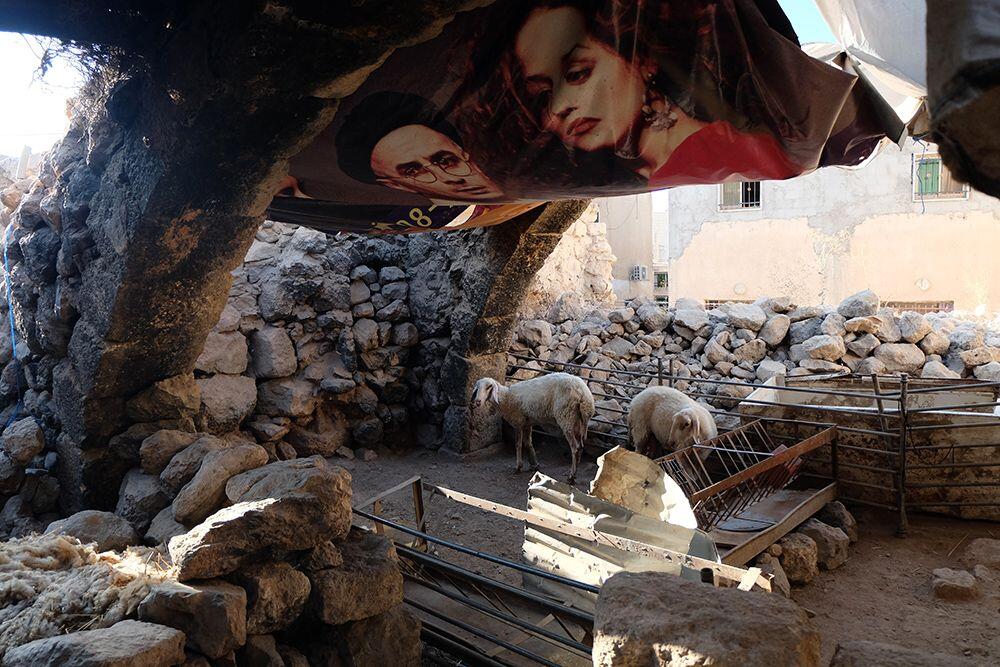
In addition to the above archaeological assets, As Samou’ also boasts an interesting vernacular heritage in the form of traditional built ensembles (ahwash) that reflect a variety of architectural styles and a mix of ‘historic’ construction materials, attesting to the intricacies of the city’s long history. Like any other village, town or city situated in the West Bank, As Samou’s cultural heritage is threatened at two levels. At one level, it suffers from the consequences of the Israeli occupation, for the city never recovered from the consequences of the large destruction perpetrated in 1966. At another level, an incremental deterioration is due to several internal factors, including fragmentation in ownership, high costs of maintenance and restoration and, until recently, a general lack of awareness by local authorities of the need to address the situation and salvage this heritage. The rehabilitation and adaptive reuse of the city ‘s ahwash for social and community development purposes are considered a priority by large chunks of the population and fit nicely into the national Strategy and Program of Regeneration of the Historical Centers which the Palestinian Ministry of Local Government is implementing with the assistance of international donors.
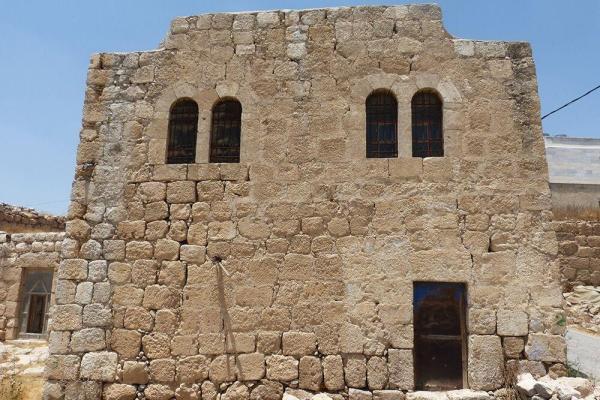
Scheduled for a duration of up to 30 months, the project will fully document this heritage, execute much needed consolidation and rehabilitation works, and facilitate the establishment of a cultural center for the youth in one of the most important ahwash in the heart of the old city.
The project is articulated in three components:
- Inventory, diagnosis and urgent consolidation works on the existing ahwash,
- Pilot rehabilitation and adaptive reuse of hosh Al Aqeeli,
- Training, capacity building and community development activities.
Local inhabitants will contribute to the project through volunteering work and participation in the project activities, including training and awareness raising.
